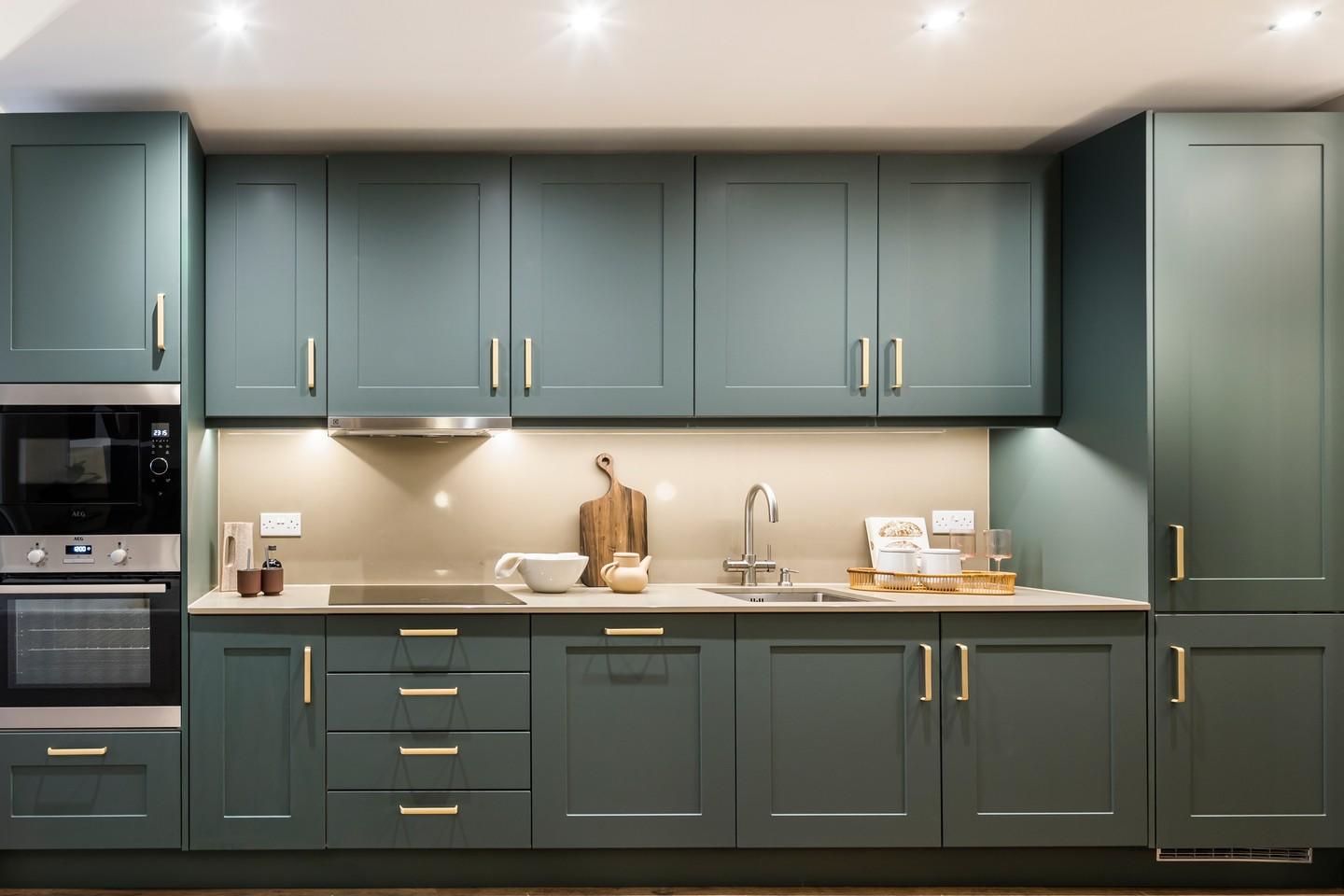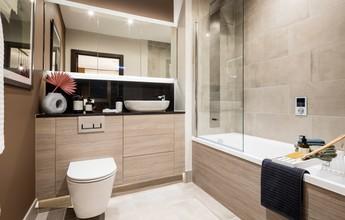
Expert money writer Sara Yates tells you why
Future proofed, sustainable new homes builders like Weston Homes are changing the minds of small landlords – flipping the rental yield advantage of older properties on its head. The rules, regs and environmental requirements needed to update an old property are pricing landlords out of the market. Investors now see the sense in buying new for low overheads and hassell free renting.
Choosing an older property as a buy to let investment was a well trodden path. Not only did they typically cost less than than their new build equivalent, tenants’ preference for “character” has seen them willing to pay more to live in a flat with a Victorian fireplace and rattling sash windows. But no more. High energy bills are no fun and tenants are avoiding old builds like the plague.
The attraction of new build is the developers move into designing for Millennials. Weston Homes have embraced high design with deluxe fixtures, a quality build at first time buyer prices. Branded appliances and kitchens are included in the price with high speed broad band, USB changing points and car parking charging points too.
And with interior design high on the buyers list of imperatives Weston Homes offer a huge range of choices for colour, carpets, tiles, floors and much more in their offer to landlords who can make their new home buy full of the sort of “Instagrammable” style that will instantly attract a tenant. Even the second bathroom offers luxury fittings, water control techno taps and thoughtful lighting.
For a new landlord, the price for a luxury, two bedrooms apartment on a fast train line to London, is an achievable £350k.
Crucially these photo-ready homes can also command a rental premium over their Victorian cousins. Millennials account for 35% of the private rental market. Very often now their housing journey starts in smart student accommodation. As renters they want high quality accommodation, and they are willing to pay for it.


Many new builds offer tenants a lifestyle as well a home by being built in popular areas, close to transport links/ local amenities, with bike stores, near running tracks and same age community activities all of which makes the properties easier to rent and less likely to fall foul of empty periods.
Millennials are acutely aware that the climate change life style benefits from maximum insulation. And new homes cut 59% off average heating bill, according to the Home Builders Federation. And internally, highly rated, energy efficient white goods help to keep running costs under-control.
For landlords, new builds can also mean less hassle (no rental is hassle free!). All new builds come with building warranties and insurance – the most common being Buildmark from the National House Building Council (NHBC). Their cover provides deposit protection after the exchange of contracts, a builder warranty for two years after legal completion and then insurance against structural defects for another eight years. New, quality appliances come with warranties too.
Longer term, an energy efficient new build also means less remedial work. From 2025 (or 2028 for existing tenancies) landlords will be required to ensure their property achieves a “C” on an Energy Performance Certificate (EPC). This is a doddle with a new build, as they are typically B and above. But for older properties, this could cost thousands with the landlord having to spend money on what should be the freeholders responsibility – such as insulating the walls – just so they can get the certificate to be able to rent.
If you are looking to start your journey as a landlord or add to your portfolio a new build property is a sensible way forward.

